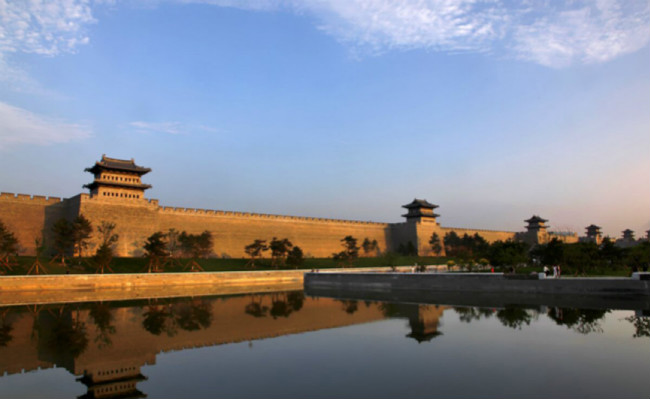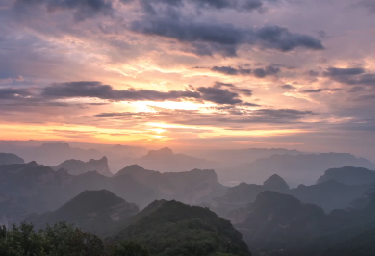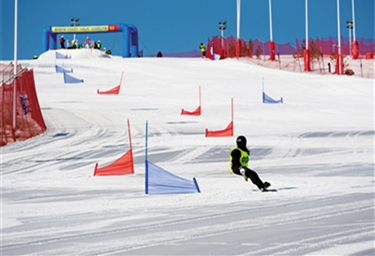Introduction to Datong

Datong city wall [Photo provided to chinadaily.com.cn]
Datong is the second largest city in North China's Shanxi province. It was included in the first group of 24 national historical and cultural cities in China and the first group of 13 large cities in the country. One of China's ancient capitals, Datong has been designated a national new energy demonstration city, one of China's outstanding tourist cities, a national garden city, a national transportation hub city, China's sculpture capital, and one of China's top ten sports and leisure cities.
Datong is situated in the northwest part of Shanxi. It is adjacent to Zhangjiakou and Baoding cities in Hebei province to the east and Shuozhou and Xinzhou cities in Shanxi province to the west and south; and borders Ulaanqab city in Inner Mongolia autonomous region to the north. Datong is about 189 kilometers from north to south and 136.9 km from east to west. With an area of 14,176 square km, it accounts for 9.1 percent of the total area of Shanxi province.
Datong city was established in May 1949 and has gone through many administrative division adjustments. It merged with Yanbei Region in 1993 to form its current layout. Datong now governs four districts of Pingcheng, Yungang, Xinrong, and Yunzhou, as well as six counties of Yanggao, Tianzhen, Guangling, Lingqiu, Hunyuan and Zuoyun. In 2020, the city had a total population of 3.11 million people, who fall into 18 ethnic groups, including Hui, Manchu, Mongolian, Korean, Zhuang, Tujia, Yi, Xibe, She, Dong, Miao, Bai, Ewenki, Tibetan, Daur, and Buyi.
Datong is located in the northeast part of the Loess Plateau and has a complex and diverse topography featuring mountains, hills, basins and plains. The city is at an average elevation of between 1,000 and 1,500 meters.
Datong has a temperate continental semi-arid monsoon climate and a large temperature difference between day and night. The city's annual average temperature is 6.6 C and the average annual rainfall is around 400 mm, which varies greatly from year to year.
The main rivers that flow through the territory include the Sanggan, the Huliu, the Nanyang, and the Yuhe. They originate from the Yongding River system and cover a drainage area of 10,831 square km. The Tanghe River that runs through the city originates from the Daqing River system and covers a drainage area of 2,071 square kilometers.
Being an outstanding tourist city in China and a national garden city, Datong is especially famous for its large number of mountains, including Hengshan Mountain, one of the Five Sacred Mountains of China. The city is at a key location between the plateau beyond the Great Wall and the central Hebei plain, and boasts history of Confucianism, Buddhism and Taoism.
Centered on the Yungang Grottoes, Datong is a characteristic cultural tourist area. It has one world cultural heritage site, 27 national key cultural relic protection units, and more than 300 other cultural relic protection sites at various levels.
Datong is also a city rich in mineral resources, especially coal reserves, which has earned it a reputation as "China's Coal Capital" and "National Important Energy Base". In addition to rich reserves, the coal produced in Datong is of high quality.
Datong has a vast area of grassland and a large variety of wild plant species, 736 of which are of high economic value. It has 215 species of wild animals, which amount to 53.2 percent of the total number of animal species in Shanxi. Twenty-six species including black storks and swans are under national protection.
Datong is also famous for its local specialties such as copperware and daylily. In addition, the Datong dramas "Shuahaier" and "Luoluoqiang" as well as Guangling's dyeing and paper-cutting are on the national intangible cultural heritage list.


